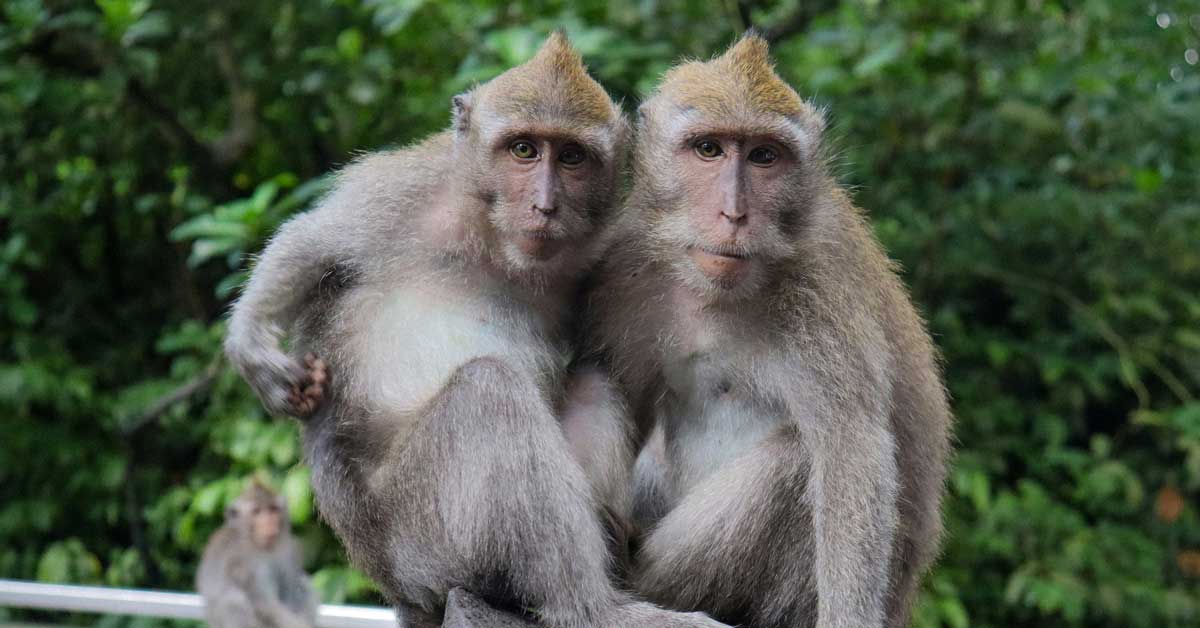This month, India’s Project Tiger is celebrating 50 years of conservation efforts — and there’s quite a bit to appreciate.
Project Tiger was launched in 1973 by the Indian government to promote the conservation and protection of the tiger — and became the largest species conservation initiative of its kind in the world.
While this accomplishment is a great feat, these conservation initiatives are necessary. At the start of the 1900s, the world’s tiger population was as high as 100,000 — and then number plummeted, nearly to extinction.
In 2006, the tiger population in India hit a record low of 1,411 individual tigers.
However, thanks to the multi-pronged conservation efforts in India, the species has seen an uptick every year since, and according to the latest tiger census, reached 3,167 in 2022.
India is home to about 70% of the world’s wild tiger population, and seeing the rise in the big cat population is a triumph for conservationists and country leaders alike.
“We have thousands of years of history related to tigers; The tiger is considered our brother in many tribes,” Prime Minister Narendra Modi said in an address celebrating Project Tiger’s anniversary.
“A better future for humanity is only possible when our environments are protected and our biodiversity continues to expand.”
How does India protect tigers?
In its five decades of conservation work, Project Tiger — in conjunction with the Indian government — has implemented a variety of efforts to protect, maintain, and grow the area’s tiger population.
Among these efforts include the development of 53 tiger reserves, the paid relocation of villages to make space for the animals, as well as the use of wildlife corridors to connect separated habitats.
The government has also implemented bans on tiger hunting, as well as a special military task force to protect the national animal: The Special Tiger Protection Force.
Beyond India, Project Tiger has also worked with other governments like Bangladesh, China, Myanmar, and Russia to enforce tiger protections, combat hunting and trafficking, and the study of conservation and disease genetics.
Research and tracking is also a major part of this conservation work, as the authority employs drones, camera traps, and other software to gather more information about existing tiger populations and their behaviors.
Why is this good news?
Obviously, any increase in biodiversity and any conservation victories should be celebrated, as biodiversity contributes to healthy, balanced ecosystems. As for India, there is an even deeper connection to the protection of tigers.
Tigers are deeply connected to the rich history of India’s philosophy, culture, and literature.
Project Tiger has been a pioneering conservation initiative across all species and countries, and the recovery of these animals provides hope for all other wildlife conservancy.
“The accomplishments achieved through Project Tiger are truly remarkable and unmatched worldwide. This is in part achieved due to our cultural traditions of believing we are one with nature – ‘Vasudaiva kutambakam,’” Project Tiger’s annual report and tiger census says.
“It is our duty to uphold this legacy and ensure that our conservation efforts don’t go in vain, securing it for future generations by sustaining the progress we have made so far. The Indian philosophy of interdependence emphasizes the interconnectedness of all living beings and their dependence on each other for survival.”
As Project Tiger’s report states, more work must be done to protect the wild tigers of India. Tigers face ongoing threats, as a result of climate change, habitat loss, human-animal conflict, and commercial captivity and hunting.
“The increase in the tiger population is a positive sign, but we must not become complacent, and there is a need to continue our efforts to ensure the survival of this magnificent animal and safeguard our forested ecosystems in their entirety,” the report reads.
“It is our duty to uphold this legacy and ensure that our conservation efforts don’t go in vain, securing it for future generations by sustaining the progress we have made so far.”
Header photo courtesy of Derrick Brutel / (CC BY-SA 2.0)





